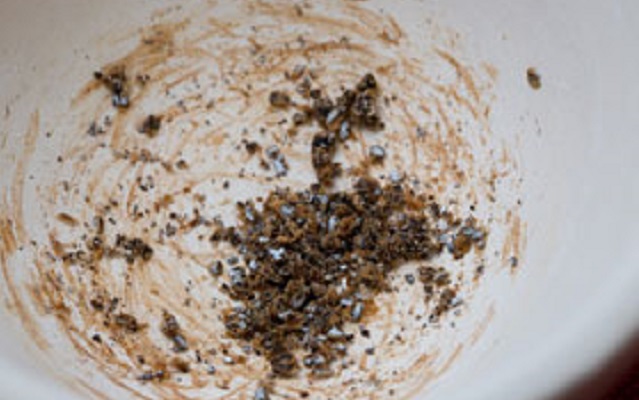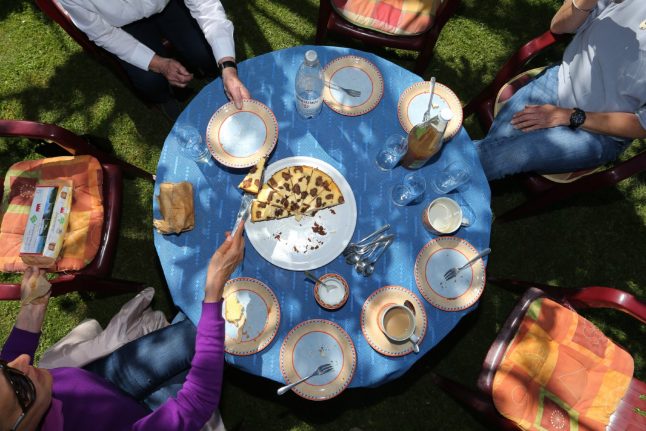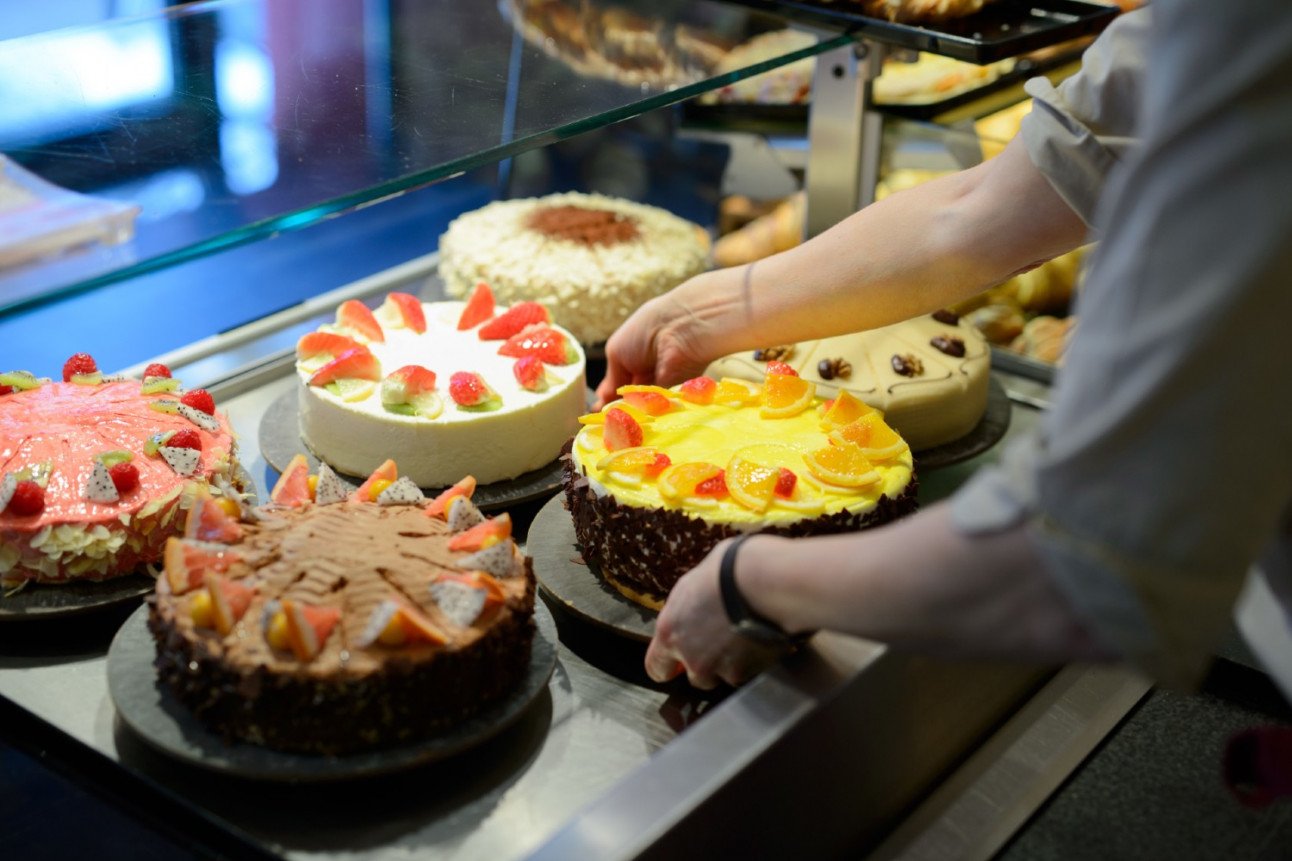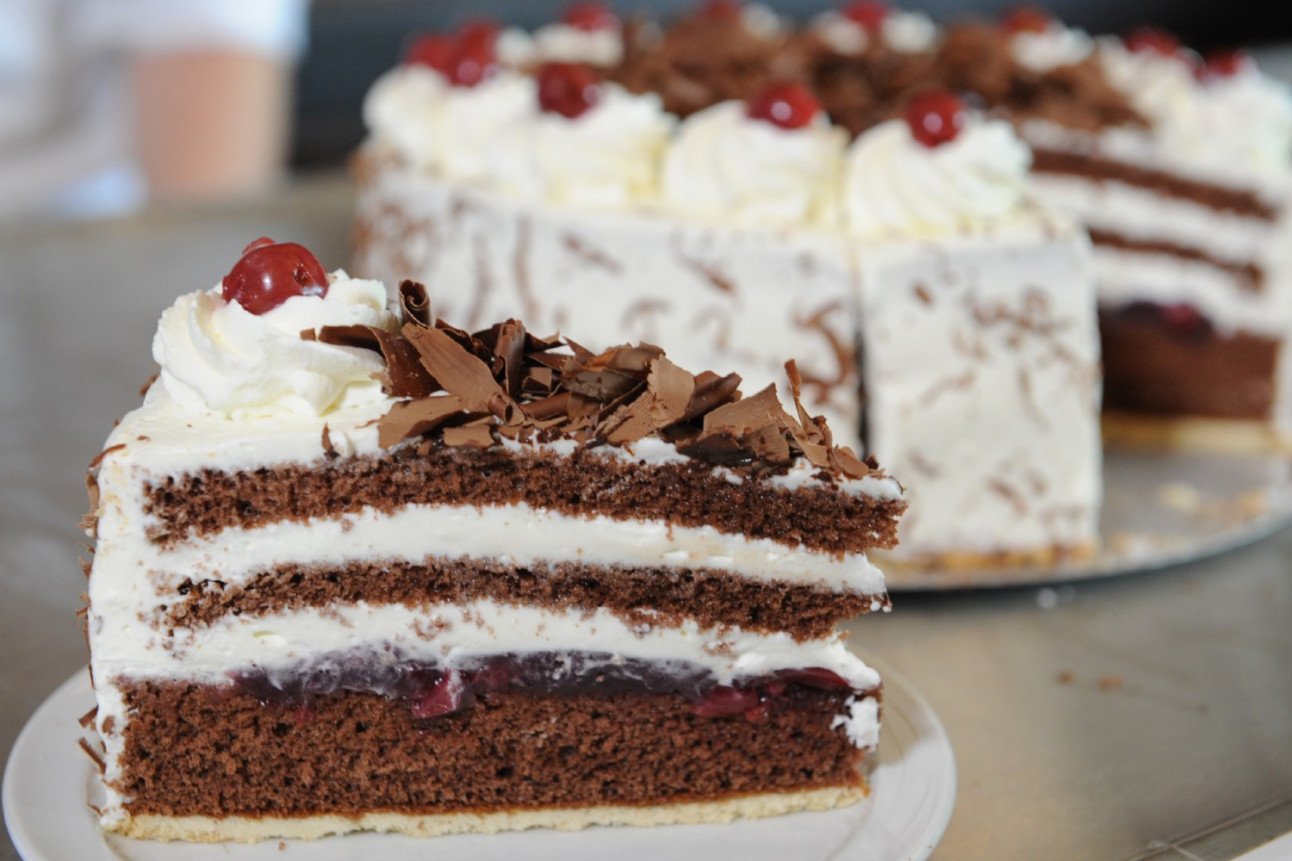Saffron pudding first became popular on the island of Gotland in the 14th century and then spread to mainland Sweden.
The classic accompaniment is a preserve made from dewberries (Rubus caesius) that grow wild on Gotland. Dewberries are a close relative of blackberries but are much rarer, although they grow in several areas in Europe and Canada. Don't worry that you won't be able to find any dewberry jam: saffron pudding is really good served with any good quality raspberry jam.
Summary
Serves: six people
Preparation: 10 minutes
Cooking: 35 minutes
Ingredients
butter for greasing
3 green cardamom pods
0.4-0.5 g saffron threads (1 sachet)
½ tbsp vanilla sugar
2 eggs
300 g (1¼ cup) risgrynsgröt (cold rice pudding/porridge)
3-4 tbsp finely chopped almonds
120 ml (½ cup) milk
180 ml (¾ cup) whipping cream
Method
1. Preheat the oven to 175°C (350°F, gas 4, fan 160°C).
2. Grease 6 ramekin dishes with butter. (I used 90 ml ramekins.)
 Photo:SwedishFood.com
Photo:SwedishFood.com
3. Shell the cardamom pods and crush the seeds using a pestle and mortar.
4. Add the saffron and vanilla sugar and pound in the mortar to break up the threads a bit.
5. Lightly whisk the eggs.
6. Fold the eggs into the rice pudding and then add the saffron-cardamom mixture, the chopped almonds, milk and cream. Stir to thoroughly mix.
7. Pour into the greased ramekins, trying to ensure that the raisins are evenly distributed.
8. Bake in the middle of the oven for 35-40 minutes, until nicely coloured.
9. Serve lukewarm with jam and lightly whipped cream.
Tips
• You can make the puddings a day or so in advance and just warm them through again before serving.
• I think the puddings are best served lukewarm, but they can be served cold if necessary.
Recipe courtesy of John Duxbury, founder and editor of Swedish Food.





 Please whitelist us to continue reading.
Please whitelist us to continue reading.